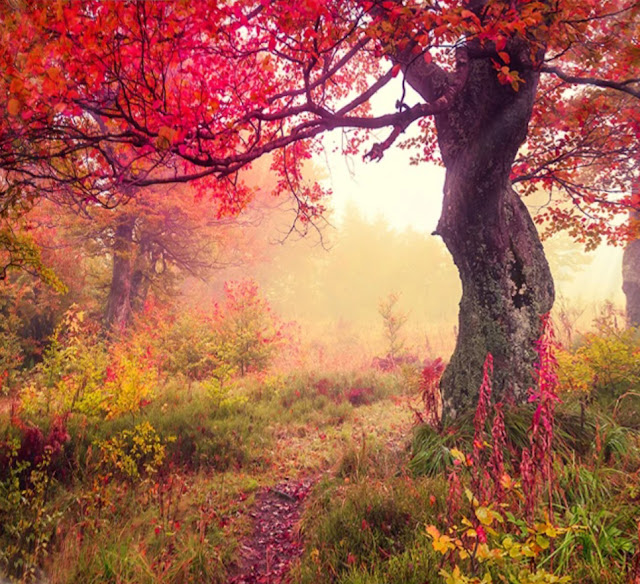Community Centre 3D printed: Part 1/4.
By the end of 2021, as soon as the Spooky House was designed, I was thinking of designing an awesome treehouse, as I love my big Old Oak Hollow Country Treehouse so much. 3D designing and printing is a long and slowly improving skillset, so I finally felt confident enough to pull it off, as I knew that this project would be yet another step up using the necessary skills. As my own crafting skills decreased over the years due to having MS, even before I had Sylvanians, 3D printing brought back all that excitement!
I did not want a gigantic treehouse as a residence. There are plenty of treehouses as in "house" already. Plus, treehouses only have 1 to 3 rooms up to now, wayyyyy unsatisfactory. I always wanted a tree, as a Community Centre, where everyone could meet, enjoy an activity, chat and have fun!
I wanted to give it all a fairy themed look and feel. I started glaring and drooling at possible printable files to tweak: bird houses, lanterns, fairy houses and mushrooms.
I instantly ordered this backdrop wall tapestry fabric cloth to put behind it.
Their helpdesk failed to fix it by
sending parts twice and eventually it was shipped back for repairs, leaving me 3.5 months without a
printer. I was not too pleased to say the least. Luckily, I bought a preassembled model to be able to make use of the EU warranty system and that turned out to be a great hunch we had, despite assembling a printer was done twice before and we knew how to do it. It prints now, but it's not fixed a 100%. I plan on complaining again soon and am gathering evidence meanwhile, by taking pictures and making videos.
Trying to create a printable tree, cutting it in printable parts, finding the best slicer, which tells your printer what do do, was a huge bust before it finally succeeded. I will explain that in the tech part below. Eventually I will finally managed to finish the project 1.5 year after I started working on it, as I am almost done!
I made a quick and dirty mood board
to gather the ideas at the start, as this was an elaborate project, so I needed something to
let my brain get inspired by. Also, since doing a big project like this
requires quite a bit of project planning, you might need a to do list.
If you are not interested in the upcoming tech stuff, just scroll to the bottom, and maybe just glance at the pics below only. Next blog will also contain more tech stuff with some pics that might interest you. Third blog in this series will have assembly pics and a vid of the result, with a storyline. Enjoy!
Tech stuff:
I found all I needed on various 3D printable file search engines, like Yeggi, Thingiverse and Thangs mostly. Often I just Google for an STL file to find what I need though. For the tree itself, I needed a tree canopy, a tree with branches and a straight tree stump, both with similar bark. The tree stump could easily be elongated into a large tree.
I love working in TinkerCad.com because it's easy and fast to
work with as a starter designer. It has its downsides too, and moving objects makes me swear a lot, but
still, it's a decent program, especially as it's free. I described how to use Tinkercad
in older blogs: Previous blog site
I created a tree with 5 thick side branches. I added a spiral staircase, cut and made it fit around the tree onto the irregularly placed branches. I did not want the tree to fit the staircase, but visa versa. That would make it look more realistic.
The file was already getting almost too big to handle regarding filesize in Tinkercad. You tend to notice how slow each progress becomes and the edges turn red. I had to remove the staircase to add smaller branches and twigs.
I created activity platforms and added canopies. The canopies hid the seams well and looked neat. I cut the tree up for maneuverability in Tinkercad. You can also hide parts or show hidden parts by clicking the lightbulb. More next time!
I subtracted the tree, the stairs, the branches and the platforms from them, so they would fit once installed. You can turn an object into a hollow one to subtract easily in TinkerCad. I then removed all the items and exported the canopies.







.jpg)
Comments
Post a Comment